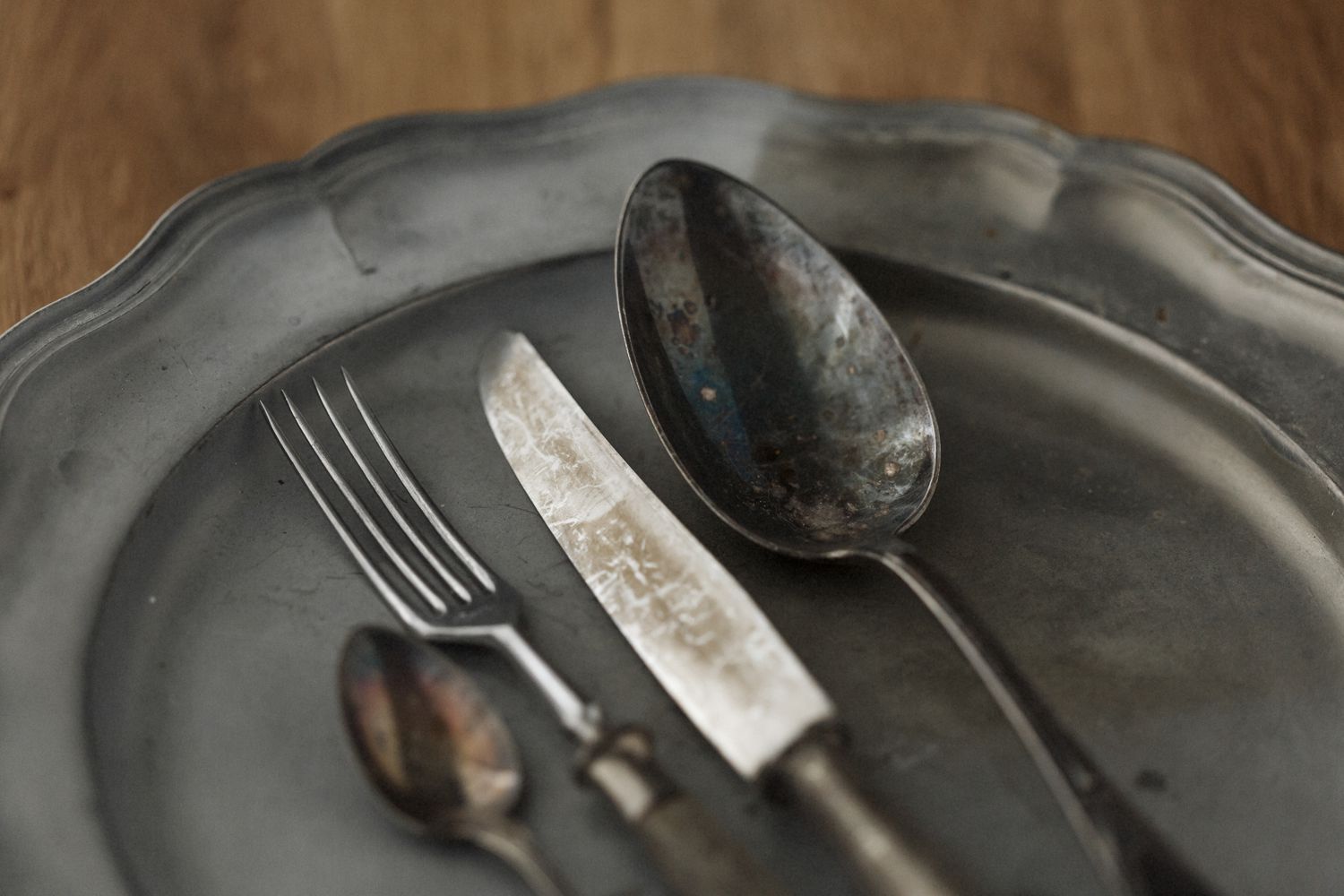

Tableware
How To Remove Tarnish From Silverware
Modified: August 25, 2024
Learn how to remove tarnish from your tableware with our easy and effective silverware cleaning methods. Restore the shine and brilliance to your silverware today!
(Many of the links in this article redirect to a specific reviewed product. Your purchase of these products through affiliate links helps to generate commission for Storables.com, at no extra cost. Learn more)
Introduction
Welcome to our comprehensive guide on how to remove tarnish from silverware. Whether you have inherited a set of beautiful silver cutlery or it’s simply time to give your silverware a little TLC, we’ve got you covered.
Silverware, also known as tableware or flatware, adds elegance and sophistication to any dining experience. However, over time, silverware can develop a dull, tarnished appearance due to exposure to air, moisture, and sulfur-containing compounds. Tarnish not only diminishes the beauty of your silverware but also shortens its lifespan.
Fortunately, there are several methods you can use to effectively remove tarnish from your silverware without causing any damage. In this article, we will explore various techniques using common household ingredients such as baking soda, aluminum foil, white vinegar, lemon juice, salt, toothpaste, and even commercial silver polish.
Before we dive into the methods, let’s take a moment to understand why silverware tarnishes in the first place.
Key Takeaways:
- Say goodbye to tarnished silverware with simple household ingredients like baking soda, vinegar, and lemon juice. Restore the shine and elegance of your silverware with easy DIY methods.
- Prevent tarnish on your silverware by following storage tips, minimizing exposure to sulfur-containing substances, and using gentle cleaning methods. Keep your silverware looking pristine for years to come.
Why does silverware tarnish?
Understanding why silverware tarnishes can help you take preventive measures and choose the most effective method for removing tarnish. The primary cause of tarnish on silverware is a reaction between the silver and sulfur-containing compounds in the environment.
When silver comes into contact with compounds like hydrogen sulfide (which is commonly found in the air), it undergoes a chemical reaction. This reaction forms a black or yellowish-gray layer on the surface of the silver, known as tarnish. The tarnish consists of silver sulfide and other compounds that can dull and discolor your silverware.
Some common factors that contribute to tarnish formation on silverware include:
- Air exposure: Silverware left exposed to the air for extended periods can oxidize and create tarnish. Exposure to air pollutants, such as sulfur dioxide and ozone, can speed up the tarnishing process.
- Moisture: High humidity levels can accelerate the tarnishing process, especially in combination with air pollutants. Moisture can also cause stains and streaks on silverware.
- Sulfur-containing substances: Foods like eggs, onions, and mayonnaise contain sulfur compounds that can react with silver and cause tarnish. Similarly, certain chemicals present in cleaning agents, cosmetics, and rubber can also lead to tarnish.
- Direct contact with other metals: Silverware that comes into contact with stainless steel, aluminum, or other metals can undergo a process called galvanic corrosion, leading to tarnish.
By understanding these causes, you can take appropriate measures to prevent tarnish formation on your silverware and keep it looking pristine. However, if your silverware has already tarnished, don’t worry. In the next sections, we will explore effective methods to remove tarnish and restore the shine to your silverware.
Materials needed
Before we proceed with the methods to remove tarnish from silverware, let’s make sure you have all the necessary materials handy. Most of the methods we’ll discuss use common household ingredients that you likely already have in your kitchen or bathroom.
Here are the materials you’ll need:
- Baking soda: This versatile ingredient is a staple in many households and works wonders in removing tarnish from silverware.
- Aluminum foil: Aluminum foil helps accelerate the tarnish removal process, especially when combined with baking soda.
- White vinegar: White vinegar is an excellent cleaning agent and can help dissolve tarnish on silverware.
- Lemon juice: The natural acidic properties of lemon juice make it effective in removing tarnish. Fresh lemons or bottled lemon juice can be used.
- Salt: Salt acts as a mild abrasive and can help scrub away tarnish on silverware when combined with lemon juice or vinegar.
- Toothpaste: Plain white toothpaste without any whitening or gel additives can be used to remove tarnish from silverware.
- Soft cloth or sponge: You’ll need a soft cloth or sponge to polish and buff the silverware after removing the tarnish.
- Silver polish (optional): If you prefer a commercial product specifically made for silver cleaning, you can choose to use a silver polish. Make sure to follow the instructions on the packaging.
These materials are readily available and safe to use on silverware. If you have these items, you’re all set to begin the tarnish removal process. Now, let’s jump into the various methods that will bring the shine back to your silverware.
Method 1: Baking soda and aluminum foil
This method is perfect for removing tarnish from silverware through a simple chemical reaction. Baking soda, also known as sodium bicarbonate, is a mild abrasive that helps lift the tarnish, while aluminum foil acts as a catalyst to speed up the process.
Here’s how to use baking soda and aluminum foil to remove tarnish from your silverware:
- Line a deep container or sink with aluminum foil, making sure the shiny side is facing up.
- Place the tarnished silverware on the aluminum foil, ensuring that each piece is in direct contact with the foil.
- In a separate bowl, mix 1 cup of boiling water with 1 tablespoon of baking soda. Stir gently to dissolve the baking soda.
- Pour the baking soda solution over the silverware, ensuring that all pieces are fully submerged. The foil and the baking soda solution will initiate a chemical reaction that helps remove tarnish.
- Let the silverware soak in the solution for about 15 minutes, or longer if the tarnish is heavily built up.
- Using tongs or gloves, carefully remove the silverware from the solution and rinse it with clean water.
- Buff the silverware dry using a soft cloth, ensuring that you remove any remaining tarnish and restore the shine.
After using this method, you’ll notice that the tarnish has significantly reduced or completely disappeared from your silverware. However, in some cases, stubborn tarnish may require additional cleaning. You can repeat this process or move on to other methods for further tarnish removal.
Note: This method should not be used for silver-plated items, as it can damage the delicate plating. Stick to using this method on solid silverware.
Now that you’ve learned the baking soda and aluminum foil method, let’s explore another effective technique using white vinegar and baking soda to tackle tarnish on your silverware.
Method 2: White vinegar and baking soda
If you’re looking for an alternative method to remove tarnish from your silverware, using a combination of white vinegar and baking soda is a great option. White vinegar, known for its acidic properties, helps dissolve tarnish, while baking soda acts as a gentle abrasive to scrub away the tarnished layer.
Here’s how to use white vinegar and baking soda to remove tarnish from your silverware:
- In a bowl, mix equal parts white vinegar and baking soda to form a paste. The amount you need will depend on the number of silverware pieces you’re cleaning.
- Using a soft cloth or sponge, apply the paste to each tarnished piece of silverware. Ensure that you cover the entire surface that needs cleaning.
- Gently scrub the silverware with the paste, focusing on the areas with the most tarnish. You can use a soft-bristled toothbrush for intricate or detailed silverware.
- Leave the paste on the silverware for a few minutes to allow the white vinegar and baking soda to work their magic on the tarnish.
- Rinse the silverware thoroughly with clean water to remove the paste, making sure to remove all residue.
- Buff the silverware dry with a soft cloth, ensuring a brilliant shine.
This method is effective for removing tarnish and restoring the luster of your silverware. However, for stubborn tarnish or intricate designs, you may need to repeat the process or try other methods.
Caution: Avoid using this method on silver-plated items, as it may remove the delicate plating. Stick to solid silverware when using white vinegar and baking soda.
With the white vinegar and baking soda method, your silverware will be bright and shiny once again. However, if you prefer a more natural approach, we have another method for you—using lemon juice and salt.
To remove tarnish from silverware, create a paste with baking soda and water, then gently rub it onto the tarnished areas with a soft cloth. Rinse and dry thoroughly.
Method 3: Lemon juice and salt
If you prefer a more natural approach to removing tarnish from your silverware, using lemon juice and salt is an effective and eco-friendly method. The acidic properties of lemon juice combined with salt create a gentle yet powerful cleaning solution that can effectively dissolve tarnish.
Here’s how to use lemon juice and salt to remove tarnish from your silverware:
- Cut a lemon in half and squeeze out the juice into a bowl. Alternatively, you can use bottled lemon juice if fresh lemons are not available.
- Add a tablespoon of salt to the lemon juice and mix well to form a paste. The salt helps provide a gentle abrasive for scrubbing away tarnish.
- Dip a soft cloth or sponge into the lemon juice and salt paste, ensuring it is well-coated.
- Gently rub the tarnished silverware with the cloth or sponge, focusing on the areas with the most tarnish. The combination of lemon juice and salt will work to dissolve and remove the tarnished layer.
- If your silverware has intricate designs or hard-to-reach areas, you can use a soft-bristled toothbrush to scrub away the tarnish.
- Rinse the silverware thoroughly with clean water to remove any lemon juice or salt residue.
- Buff the silverware dry with a soft cloth to reveal its renewed shine.
This method is particularly effective for removing light to moderate tarnish from your silverware. However, for heavily tarnished items, you may need to repeat the process or try alternative methods.
Using lemon juice and salt is a natural and cost-effective way to restore the beauty of your silverware. The acidity of the lemon juice combined with the abrasiveness of the salt can help remove tarnish, leaving your silverware looking pristine once again.
Next, let’s explore another method that utilizes everyday household items to remove tarnish from silverware – toothpaste or a baking soda paste.
Method 4: Toothpaste or baking soda paste
If you’re looking for a convenient and readily available solution to remove tarnish from your silverware, toothpaste or a baking soda paste can be a quick and effective option. The mild abrasiveness of toothpaste or baking soda helps lift tarnish, while their cleaning agents work to remove stains and restore shine.
Here’s how to use toothpaste or a baking soda paste to remove tarnish from your silverware:
- Choose a plain white toothpaste without any whitening or gel additives. Alternatively, you can make a paste by mixing baking soda with a small amount of water.
- Apply a pea-sized amount of toothpaste or a small amount of the baking soda paste to a soft cloth or sponge.
- Gently rub the tarnished silverware with the toothpaste or baking soda paste, focusing on the areas with tarnish. The abrasiveness of the toothpaste or baking soda will help lift the tarnish.
- Continue rubbing until the tarnish begins to fade and the silverware starts to regain its shine. If necessary, you can use a soft-bristled toothbrush for intricate or detailed silverware.
- Rinse the silverware thoroughly with clean water to remove any residue from the toothpaste or baking soda.
- Buff the silverware dry with a soft cloth to reveal its renewed shine.
This method is suitable for removing light to moderate tarnish from your silverware. It is important to note that toothpaste or baking soda paste should not be used on silver-plated items, as they may damage the delicate plating.
Toothpaste or a baking soda paste is a readily available and convenient option for quick tarnish removal. It can be a great solution for maintaining the shine of your silverware on a regular basis.
While these DIY methods are effective for tarnish removal, if you prefer a commercial product specifically designed for cleaning silver, you can opt for a commercial silver polish. Let’s explore this option in the next method.
Method 5: Commercial silver polish
If you prefer a hassle-free and specialized approach for removing tarnish from your silverware, commercial silver polish is a reliable and efficient option. Designed specifically for cleaning and polishing silver, these products contain ingredients that effectively dissolve tarnish and restore the shine of your silverware.
Here’s how to use commercial silver polish to remove tarnish from your silverware:
- Choose a reputable commercial silver polish that is suitable for your silverware.
- Read and follow the instructions provided on the packaging of the silver polish carefully.
- Wear gloves to protect your hands and apply a small amount of the silver polish to a soft cloth or sponge.
- Gently rub the tarnished silverware with the cloth or sponge, using circular motions to evenly distribute the polish.
- Pay extra attention to heavily tarnished areas, ensuring that the silver polish is applied adequately.
- Leave the polish on the silverware for the recommended duration mentioned in the instructions.
- Rinse the silverware thoroughly with clean water to remove the polish residue.
- Buff the silverware dry with a soft cloth to reveal its renewed shine.
Using a commercial silver polish provides an efficient and convenient solution for removing tarnish, especially for heavily tarnished silverware. These products are specifically formulated to clean and restore the shine of silver, making them a popular choice among silverware enthusiasts.
Remember to store your silverware properly after cleaning to prevent rapid tarnish formation. Wrap the clean silverware in acid-free tissue paper or cloth and store in a cool, dry place.
Now that you have discovered various methods to remove tarnish from your silverware, let’s explore some important tips to help prevent tarnish and maintain the beauty of your silverware in the long run.
Tips for preventing tarnish
Preventing tarnish on your silverware is key to maintaining its beauty and prolonging its lifespan. By following these tips, you can minimize tarnish formation and keep your silverware looking pristine:
- Proper storage: Store your silverware in a cool, dry place, away from direct sunlight and exposure to air. Consider using anti-tarnish storage options such as tarnish-proof bags or anti-tarnish cloth to further protect your silverware.
- Keep it dry: Moisture can accelerate tarnish formation, so make sure your silverware is completely dry before storing it. Thoroughly dry your silverware after washing, and avoid leaving it sitting in water or damp areas for extended periods.
- Minimize exposure: Limit your silverware’s exposure to sulfur-containing substances, such as eggs, onions, and rubber. Avoid using rubber bands or rubberized drawer liners, as they can release sulfur compounds that promote tarnish. Additionally, minimize contact between your silverware and stainless steel or other reactive metals.
- Regular cleaning: Regularly clean your silverware to prevent tarnish buildup. Gentle hand-washing with mild dish soap and warm water is often sufficient for routine cleaning. Avoid aggressive scrubbing or the use of harsh cleaning agents that can damage the silverware’s surface.
- Use it frequently: Silverware that is used regularly tends to develop less tarnish. The simple act of using your silverware regularly and handling it can help prevent tarnish formation. So, don’t be afraid to bring out your silverware for special occasions or everyday use.
- Avoid harsh chemicals: When cleaning your silverware, avoid using abrasive cleaners, bleach, or harsh chemicals that can damage the silver’s surface. Stick to gentle cleaning methods and use non-abrasive materials.
By implementing these preventive measures, you can significantly reduce tarnish formation and keep your silverware looking its best for years to come.
Congratulations! You are now equipped with valuable knowledge on how to remove tarnish from silverware and prevent its recurrence. With these methods and tips, you can confidently restore the beauty of your silverware and enjoy its elegance at every meal.
Conclusion
In conclusion, tarnish on silverware is a common occurrence due to the reaction between silver and sulfur-containing compounds in the environment. However, with the right techniques and materials, you can easily remove tarnish and restore the shine of your silverware.
We discussed several effective methods for removing tarnish from silverware, including using baking soda and aluminum foil, white vinegar and baking soda, lemon juice and salt, toothpaste or baking soda paste, and commercial silver polish. Each method has its advantages, so you can choose the one that suits your preferences and availability of materials.
We also shared tips for preventing tarnish, such as proper storage, keeping silverware dry, minimizing exposure to sulfur-containing substances, regular cleaning, and avoiding the use of harsh chemicals. These preventive measures can help maintain the beauty of your silverware and minimize tarnish formation in the long run.
Remember, whether you have inherited precious silver cutlery or want to revive the shine of your everyday silverware, taking proper care and using the right techniques can make all the difference. Take the time to clean and polish your silverware periodically to keep it looking its best.
With the knowledge and methods shared in this comprehensive guide, you are now equipped to confidently remove tarnish from your silverware and restore its original brilliance. So go ahead, showcase your beautiful silverware, and enhance your dining experience with the timeless elegance it brings.
Frequently Asked Questions about How To Remove Tarnish From Silverware
Was this page helpful?
At Storables.com, we guarantee accurate and reliable information. Our content, validated by Expert Board Contributors, is crafted following stringent Editorial Policies. We're committed to providing you with well-researched, expert-backed insights for all your informational needs.
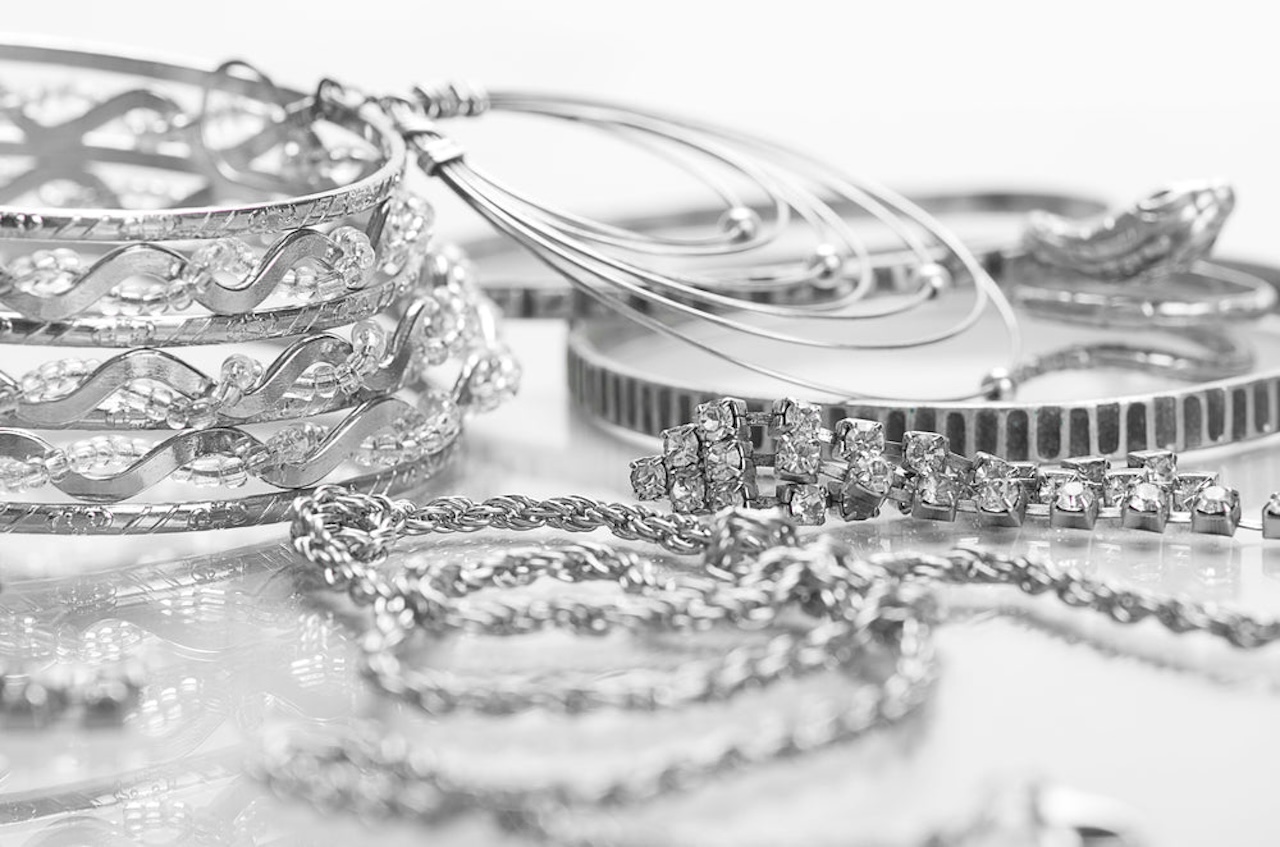
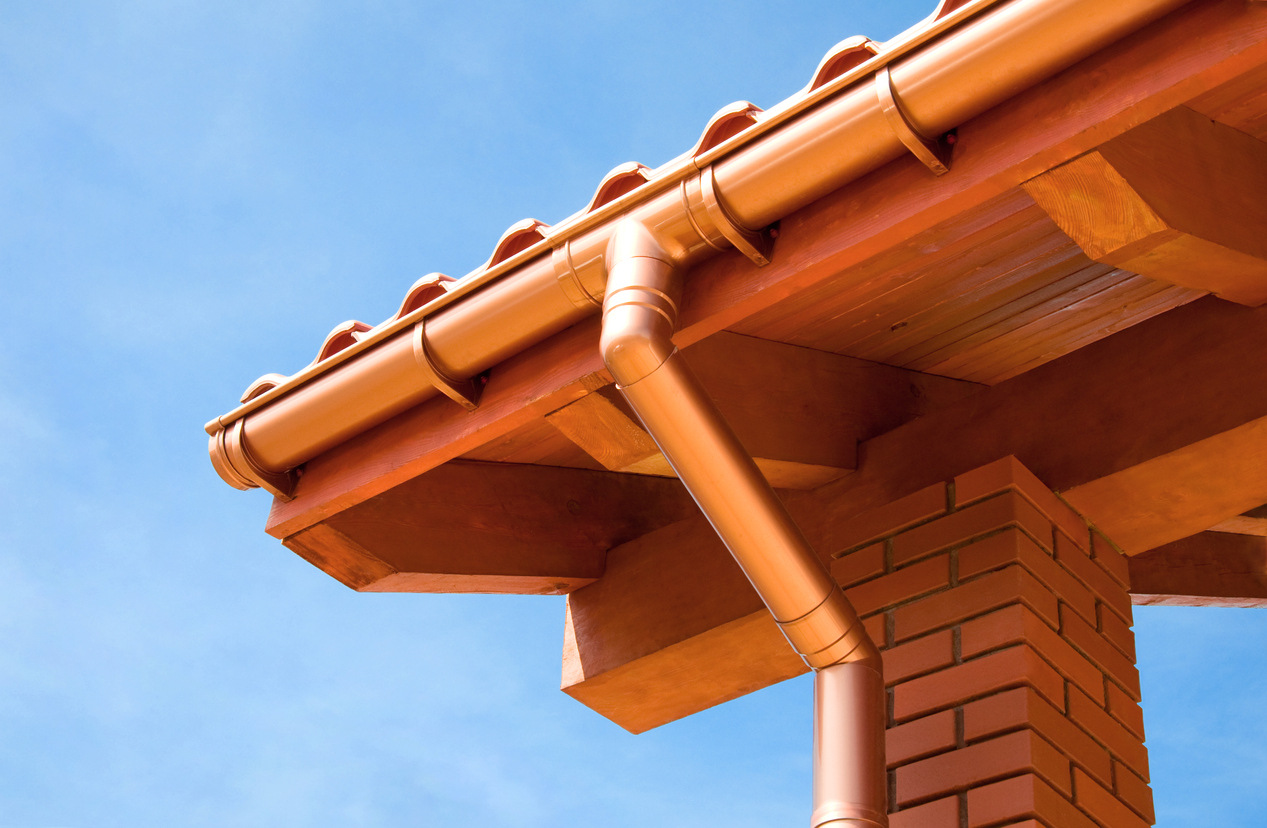
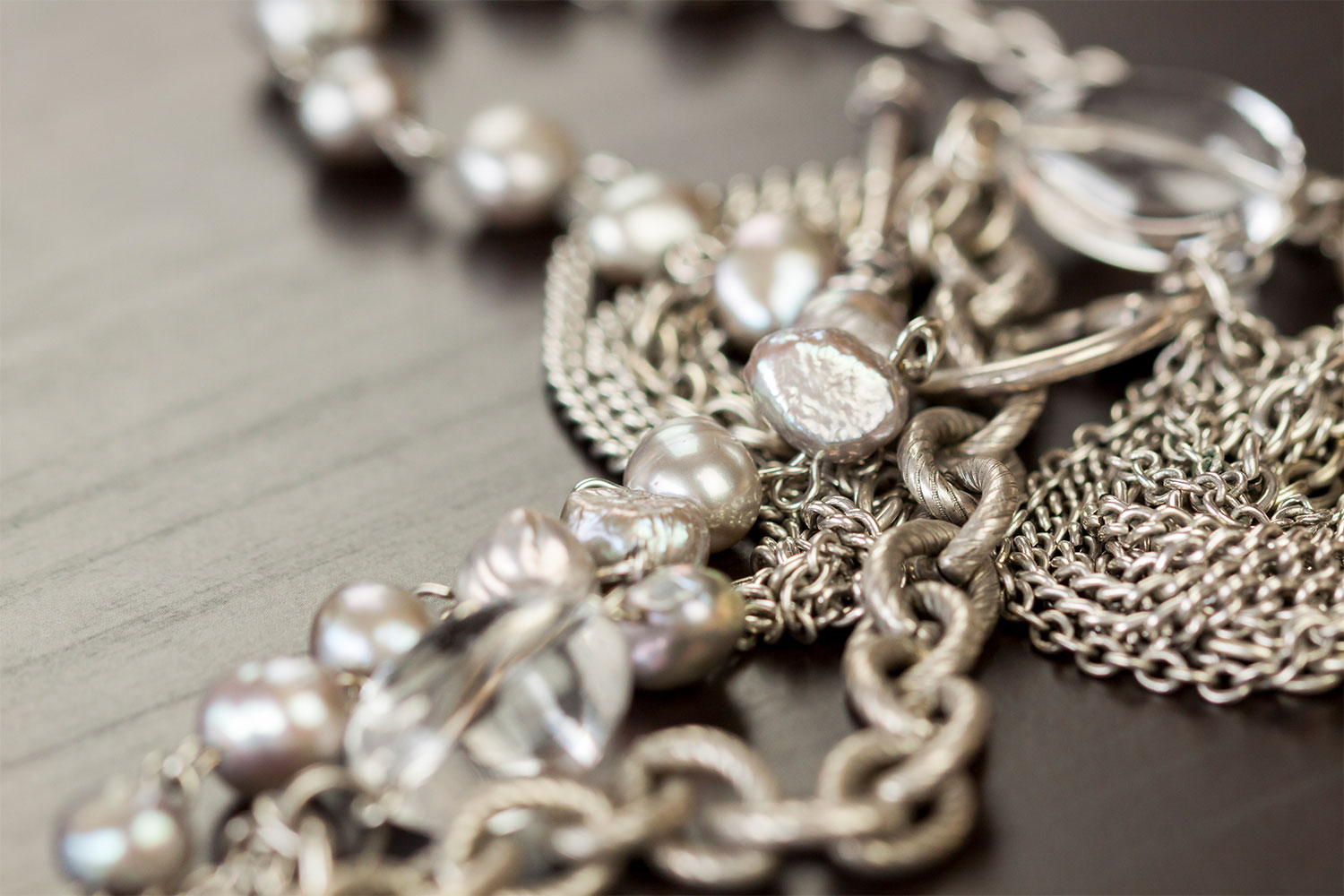
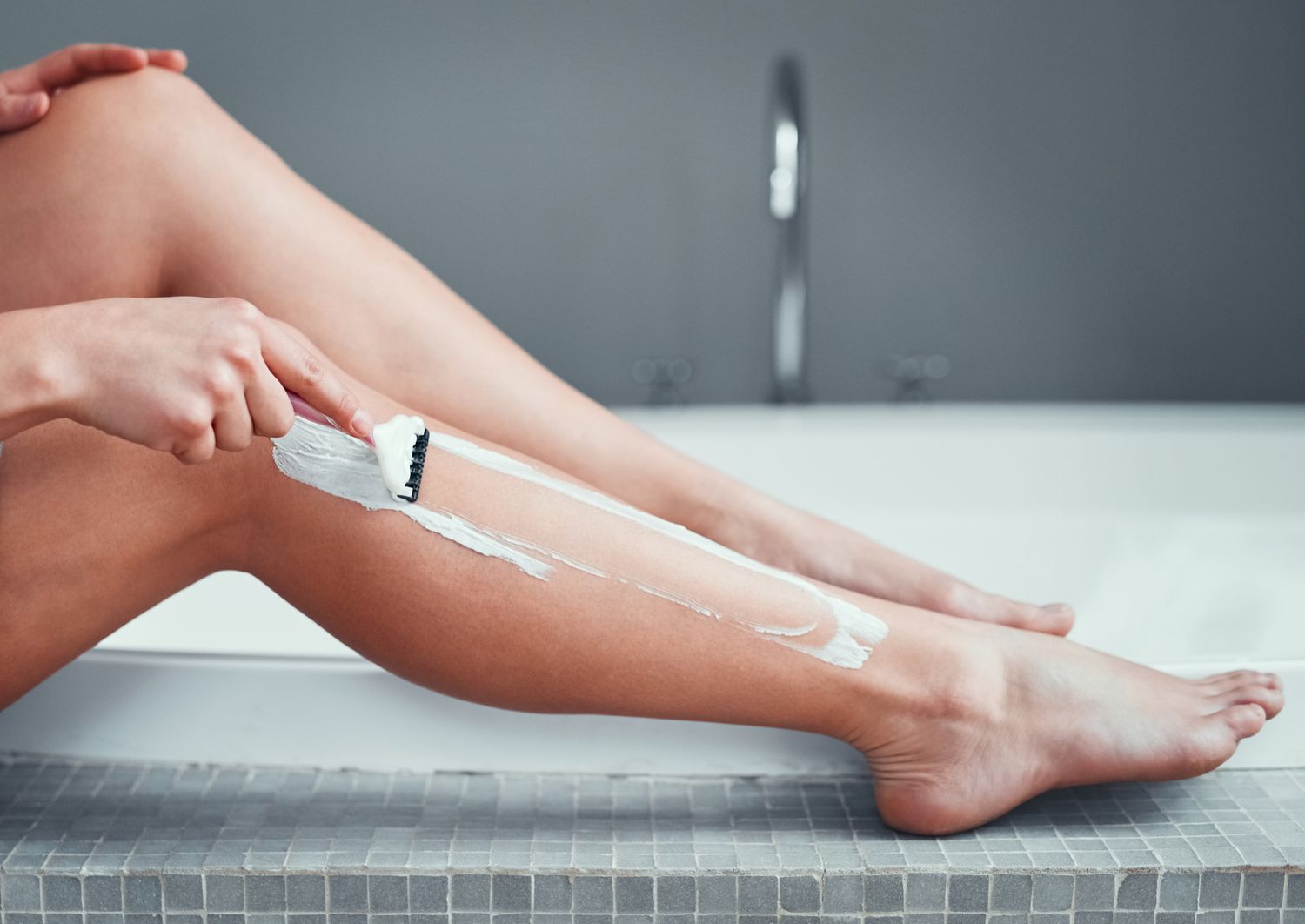
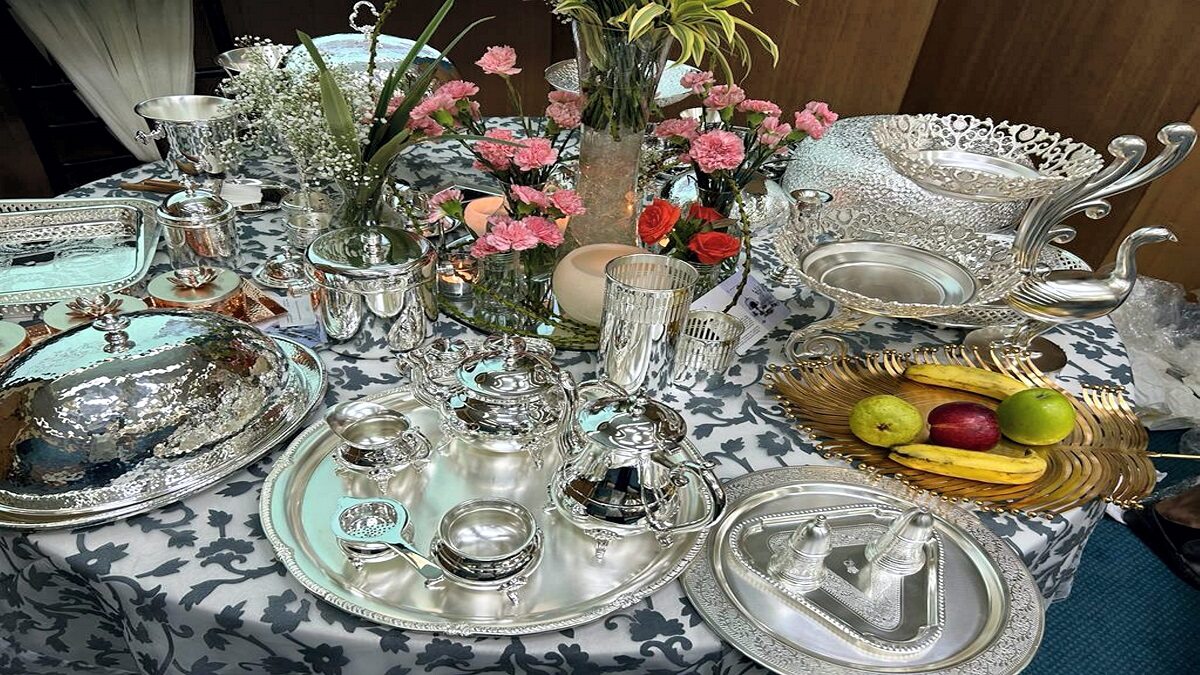
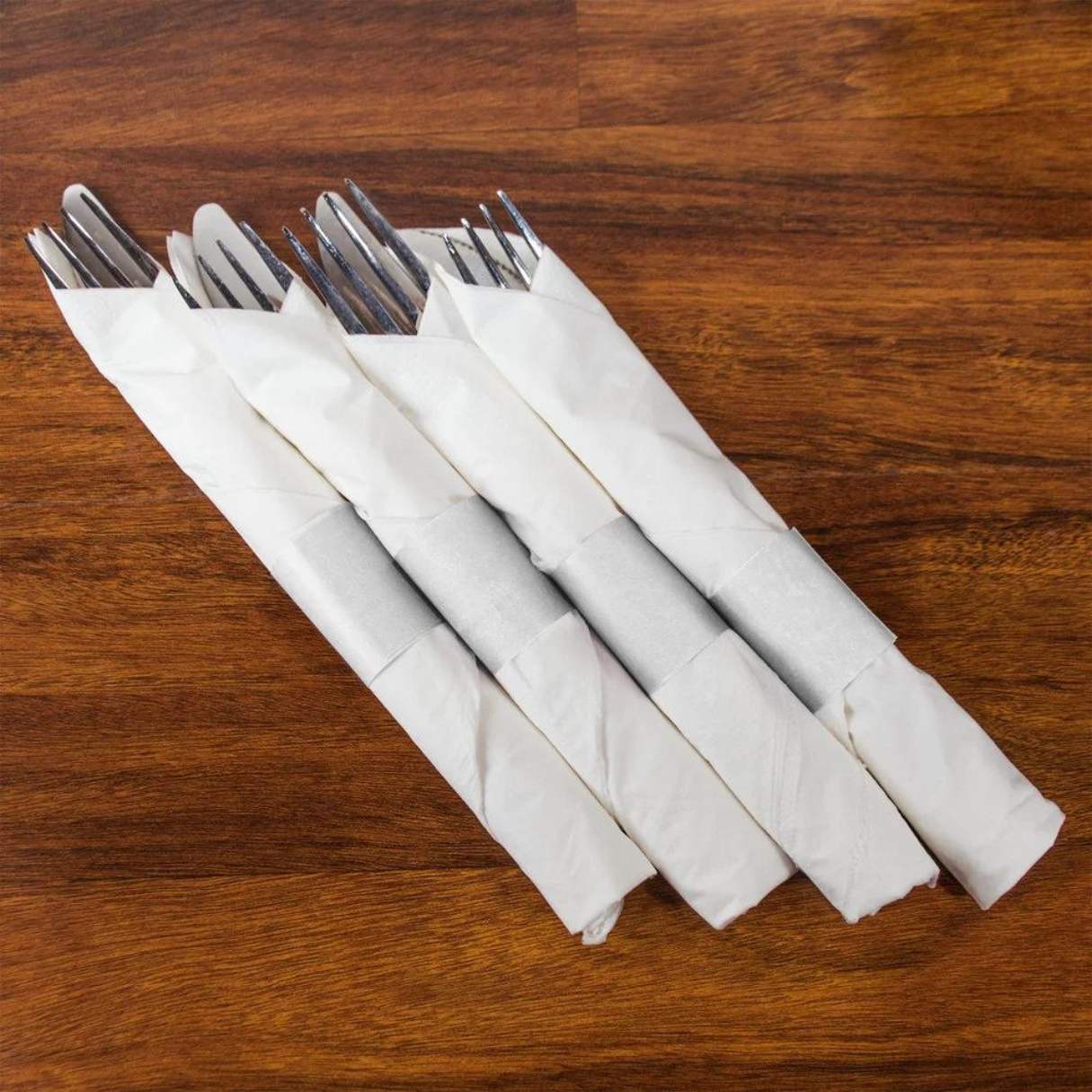
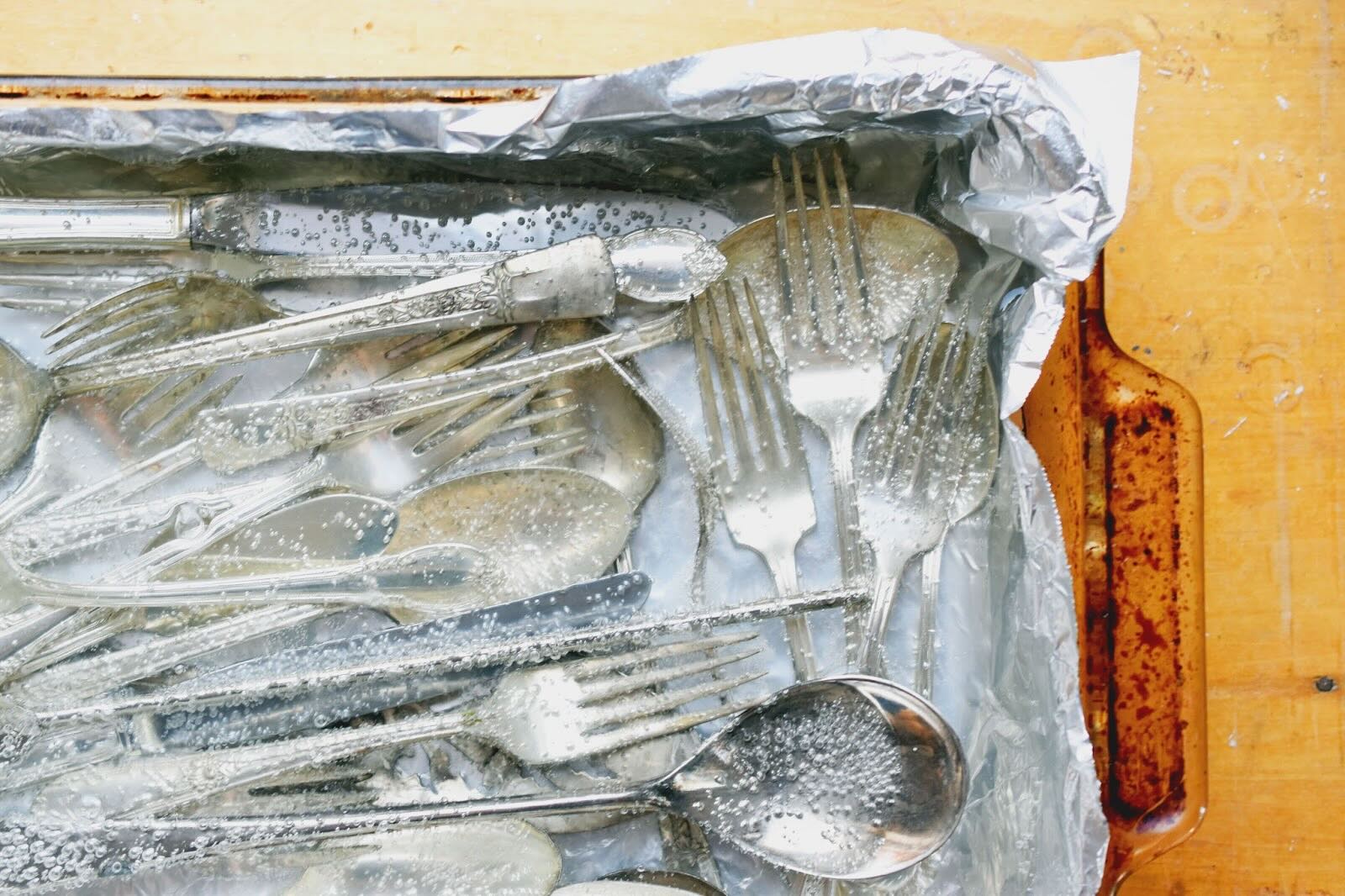
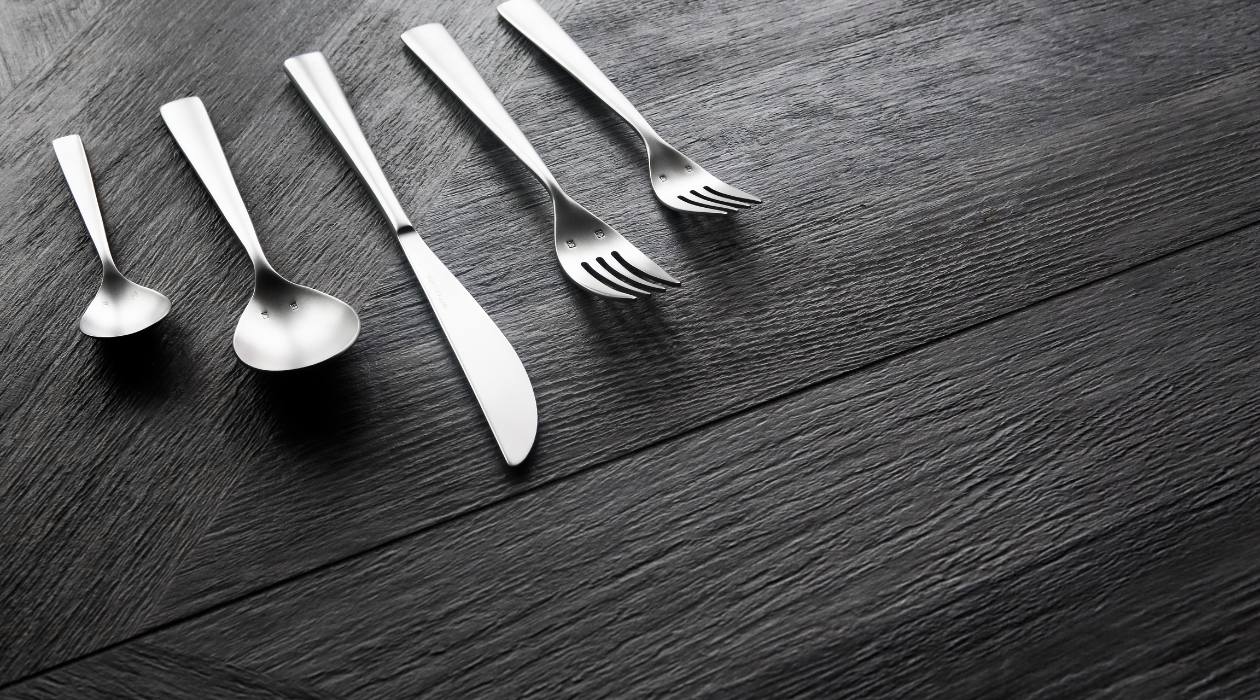


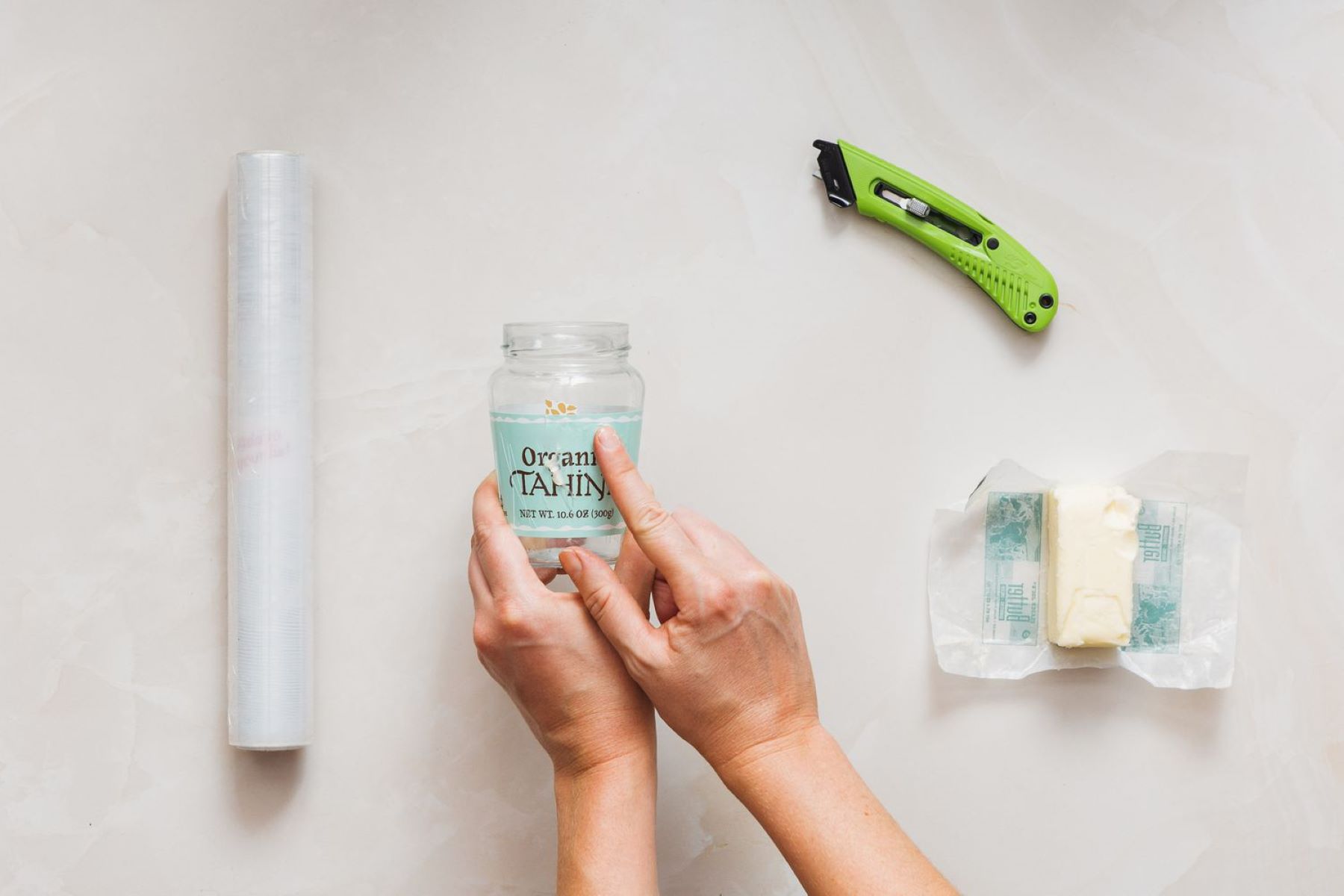
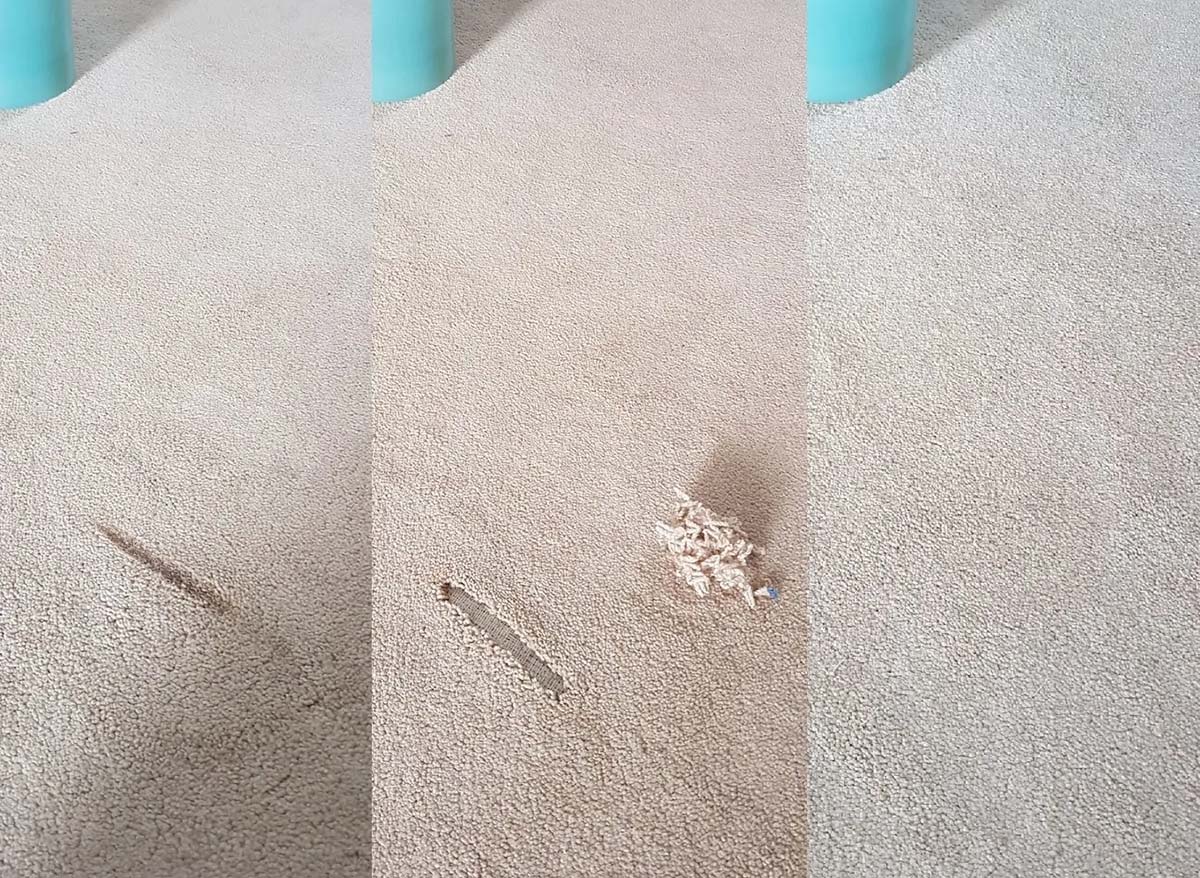
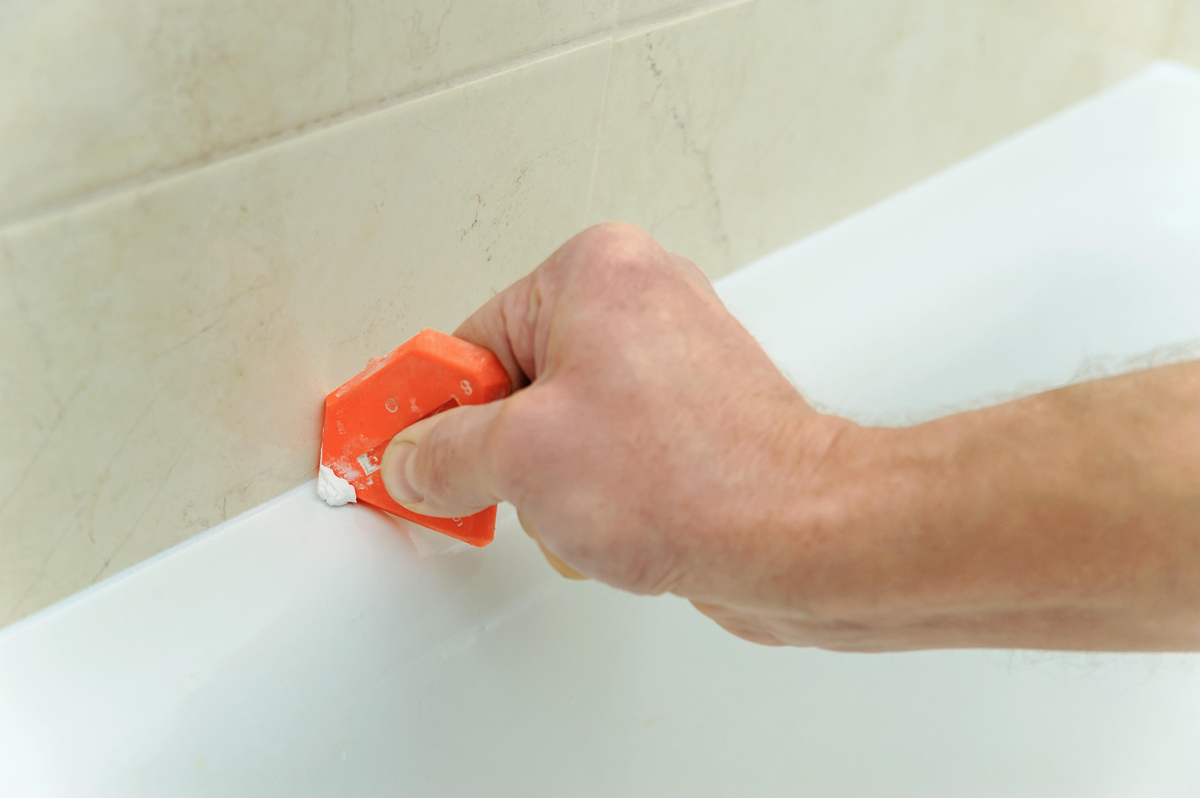

0 thoughts on “How To Remove Tarnish From Silverware”